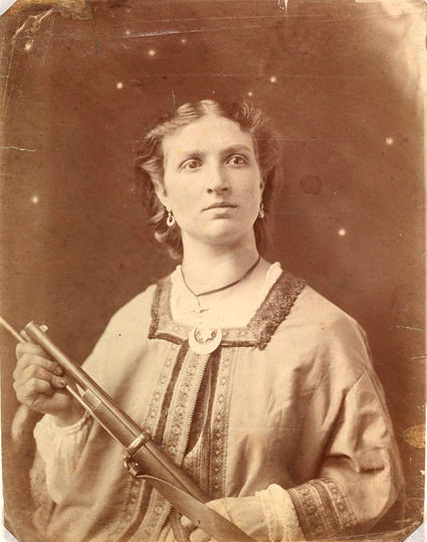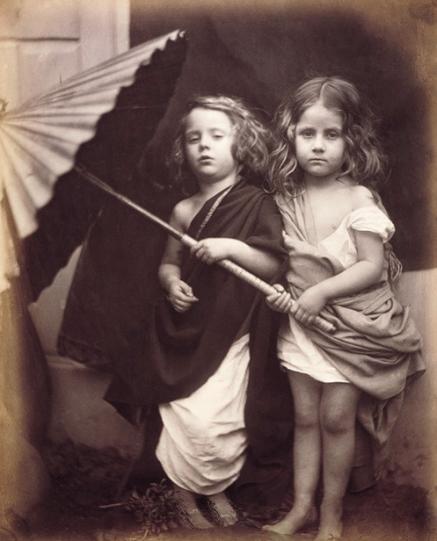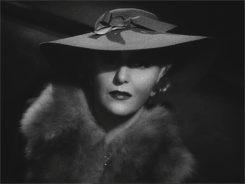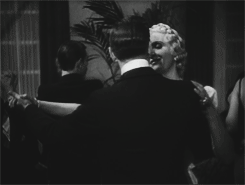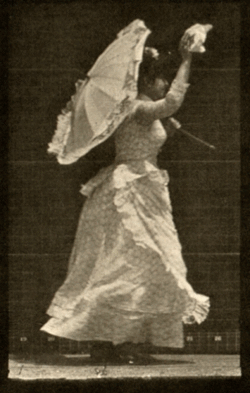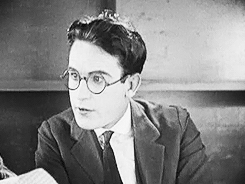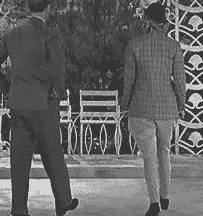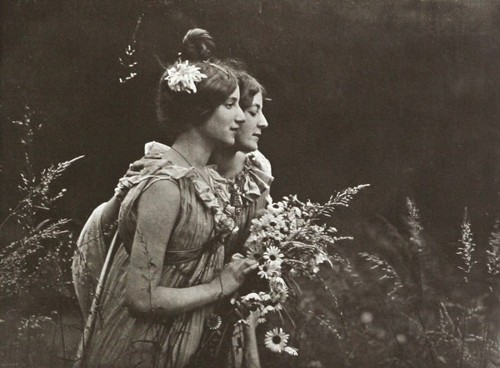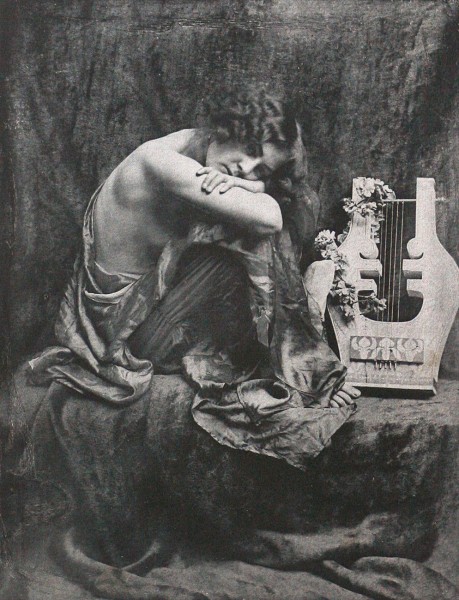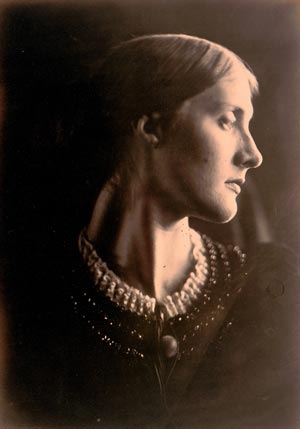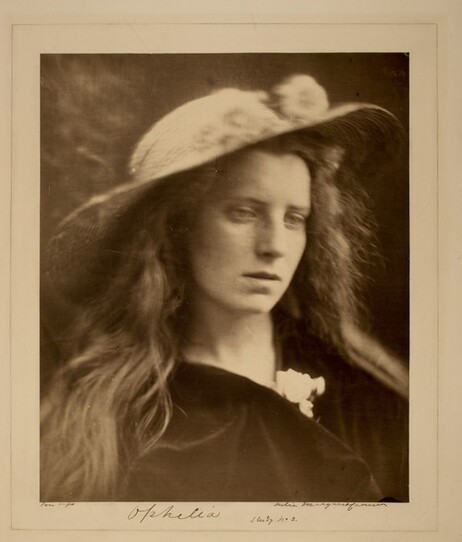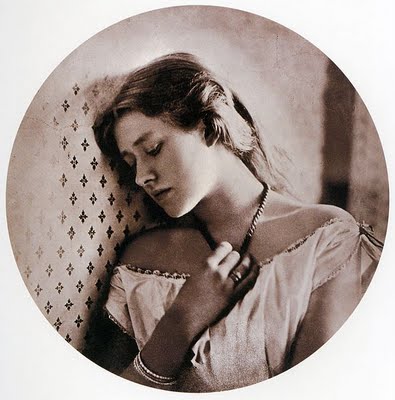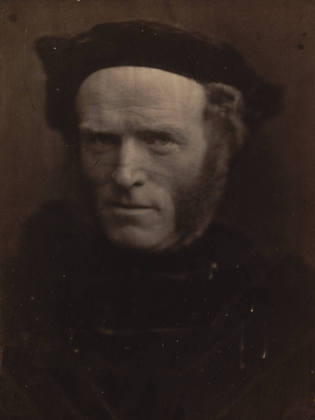|
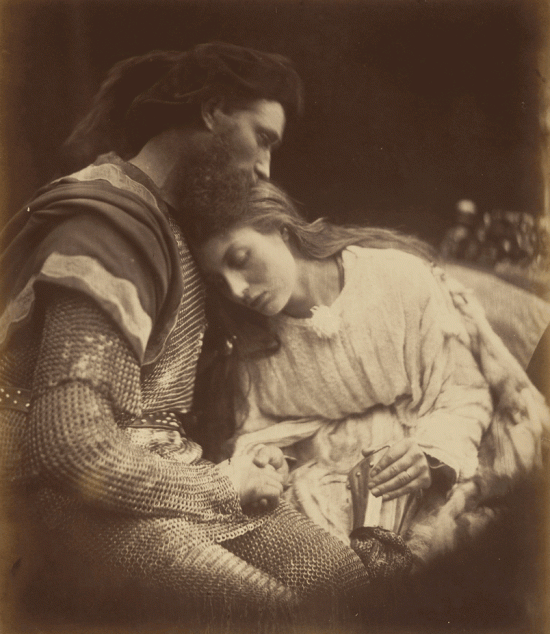
Julia Margaret Cameron (English, 1815-1879), The Parting of Lancelot and Guinevere, 1874, Albumen silver print from glass negative, David Hunter McAlpin Fund, 1952, The Metropolitan Museum of Art (52.524.3).
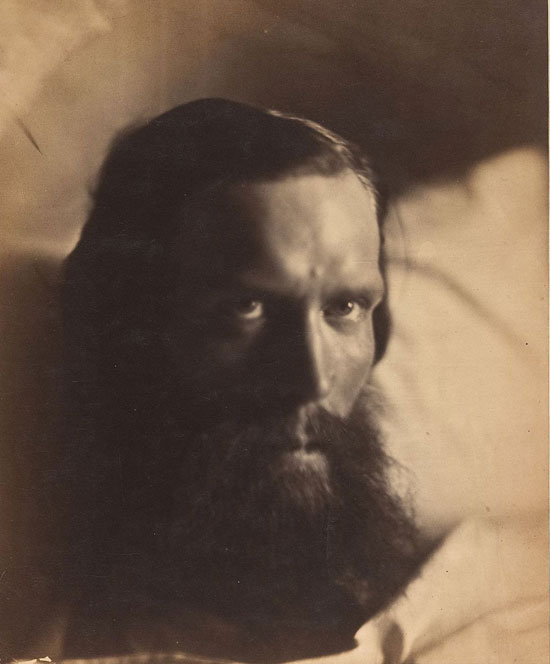
Julia Margaret Cameron (English, 1815–-1879), Philip Stanhope Worsley, 1866, Albumen silver print from glass negative, Gilman Collection, Purchase, The Horace W. Goldsmith Foundation Gift, through Joyce and Robert Menschel, 2005, The Metropolitan Museum of Art (2005.100.27).

Julia Margaret Cameron (English, 1815-1879), Christabel, 1866, Albumen silver print from glass negative, Harris Brisbane Dick Fund, 1941, The Metropolitan Museum of Art (41.21.26).

Julia Margaret Cameron (English, 1815-1879), The Mountain Nymph Sweet Liberty, June 1866, Albumen silver print from glass negative, Harris Brisbane Dick Fund, 1941, The Metropolitan Museum of Art (41.21.15).

Julia Margaret Cameron (English, 1815-1879), A Study 1865–66 Albumen silver print from glass negative, Bequest of James David Nelson, in memory of Samuel J. Wagstaff Jr., 1990 The Metropolitan Museum of Art (1990.1074.3).
|
|
Metropolitan Museum of Art
1000 Fifth Avenue
212-535-7710
New York
Julia Margaret Cameron
August 19, 2013-January 5, 2014
One of the greatest portraitists in the history of photography, Julia Margaret Cameron (1815-1879) blended an unorthodox technique, a deeply spiritual sensibility, and a Pre-Raphaelite–inflected aesthetic to create a gallery of vivid portraits and a mirror of the Victorian soul.
Julia Margaret Cameron, on view at Metropolitan Museum of Art, the first New York City museum exhibition devoted to Cameron’s work in nearly a generation and the first ever at the Met.
The showing of 35 works is drawn entirely from the Metropolitan’s rich collection, including major works from the Rubel Collection acquired in 1997 and the Gilman Collection acquired in 2005.
When she received her first camera in December 1863 as a Christmas gift from her daughter and son-in-law, Cameron was 48, a mother of six, and a deeply religious, well-read, somewhat eccentric friend of many notable Victorian artists, poets, and thinkers.
“From the first moment I handled my lens with a tender ardour,” she wrote, “and it has become to me as a living thing, with voice and memory and creative vigour.”
Condemned by some contemporaries for sloppy craftsmanship, she purposely avoided perfect resolution and minute detail that glass negatives permitted, opting instead for carefully directed light, soft focus, and long exposures that allowed the sitters’ slight movement to register in her pictures, instilling them with a sense of breath and life.
The exhibition features masterpieces from each of her three major bodies of work: portraits of men “great thro’ genius” including the poet Alfred, Lord Tennyson, scientist Sir John Herschel, and philosopher Thomas Carlyle; women “great thro’ love” including relatives, neighbors, and household staff, often titled as literary, historical, or biblical subjects; and staged groupings such as her illustrations for Tennyson’s Idylls of the King, her Annunciation in the style of Perugino, or her depiction of King Lear and his daughters.
Julia Margaret Cameron is organized by Malcolm Daniel, Senior Curator in the Department of Photographs at The Metropolitan Museum of Art.

Julia Margaret Cameron (English, 1815-1879),Zoe, Maid of Athens, 1866 Albumen silver print from glass negative, The Rubel Collection, Purchase, Lila Acheson Wallace, Ann Tenenbaum and Thomas H. Lee, and Muriel Kallis Newman Gifts, 1997 The Metropolitan Museum of Art (1997.382.38).
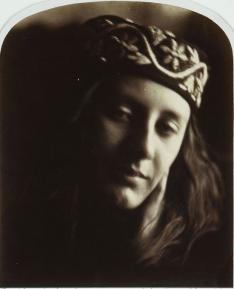
Julia Margaret Cameron (English, 1815-1879),Zoe, Maid of Athens, 1866 Albumen silver print from glass negative, The Rubel Collection, Purchase, Lila Acheson Wallace, Ann Tenenbaum and Thomas H. Lee, and Muriel Kallis Newman Gifts, 1997 The Metropolitan Museum of Art (1997.382.38).
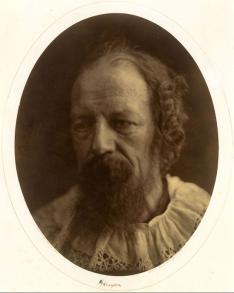
Julia Margaret Cameron (English, 1815-1879),Alfred, Lord Tennyson, July 4, 1866,Albumen silver print from glass negative, The Rubel Collection, Purchase, Lila Acheson Wallace, Michael and Jane Wilson, and Harry Kahn Gifts, 1997, The Metropolitan Museum of Art (1997.382.36).
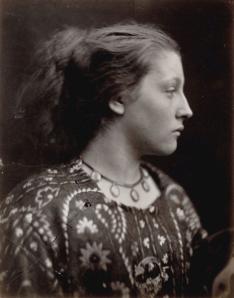
Julia Margaret Cameron (English, 1815-1879),Sappho, 1865, Albumen silver print from glass negative, The Rubel Collection, Purchase, Jennifer and Joseph Duke and Anonymous Gifts, 1997, The Metropolitan Museum of Art (1997.382.39).
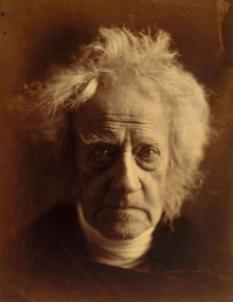
Julia Margaret Cameron (English, 1815-1879),Sir John Herschel, April 1867, Albumen silver print from glass negative, The Rubel Collection, Promised Gift of William Rubel The Metropolitan Museum of Art (L.1997.84.6).

Julia Margaret Cameron (English, 1815-1879),Mrs. Herbert Duckworth, 1867, Albumen silver print from glass negative, Gilman Collection, Purchase, Alfred Stieglitz Society Gifts, 2005, The Metropolitan Museum of Art (2005.100.26).
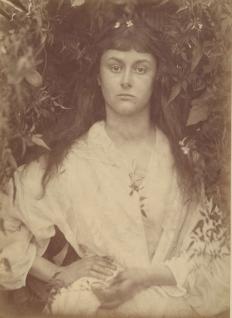
Julia Margaret Cameron (English, 1815-1879),Pomona, September 1872, Albumen silver print from glass negative, David Hunter McAlpin Fund, 1963, The Metropolitan Museum of Art (63.545).
|
